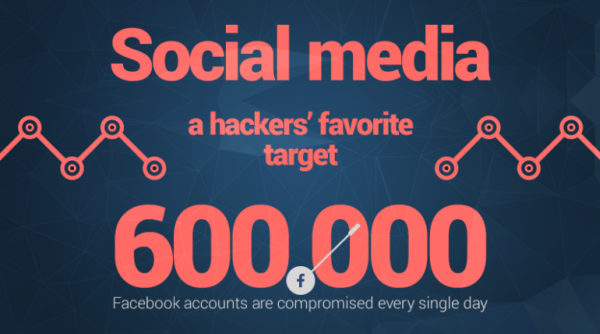Search engine optimization is about getting clicks from the right people, not about rankings
Getting high rankings on search engines can be very difficult. It is important that you have a plan before you start to optimize your web pages and links. It's not enough to get traffic to your website. It is very important that your web pages get targeted traffic. Search engine optimization is not about getting high rankings. It is about getting clicks from the right people.
Don't waste your time on untargeted traffic
In the early days of the Internet, people participated in traffic exchange programs. You joined a network of websites that opened pop-under windows that contained a link to your website. Your website would get thousands of visitors within a few days.
Unfortunately, none of these 'visitors' would buy something on your website. Although these traffic exchange programs still exist, most website owners have understood that these programs were pointless. However, a lot of business owners still try to get high rankings for the wrong keywords.
Unfortunately, none of these 'visitors' would buy something on your website. Although these traffic exchange programs still exist, most website owners have understood that these programs were pointless. However, a lot of business owners still try to get high rankings for the wrong keywords.
Get more targeted traffic: focus on the right keywords
If your website has high rankings for the wrong keywords, you won't get targeted traffic. It does not make sense to get high rankings for a keyword that seems to be related but does not deliver people who are interested to buy.
For example, "car" is an extremely popular keyword. If you manage to get high rankings for the search term "car" then your website will get thousands of visitors per day. Of course, you will also have to invest months into getting your website on the first result page for that single term.
However, you won't get many sales from people who find your website through that keyword. People who search for "car" might be interested in anything that is related to cars: general information, car tuning, car repair parts, tires, news, images, etc. If you are selling products for auto cockpit cleaning on your website then most of these visitors won't buy.
It is important that you concentrate on targeted keywords that deliver targeted traffic (for example "auto cockpit cleaning", "car dashboard cleaning", etc.). It is much easier to get high rankings for these keywords, and you will get many more sales from these high rankings (From seo profiler).
More info snippets to come soon.
Joe Rossini
For example, "car" is an extremely popular keyword. If you manage to get high rankings for the search term "car" then your website will get thousands of visitors per day. Of course, you will also have to invest months into getting your website on the first result page for that single term.
However, you won't get many sales from people who find your website through that keyword. People who search for "car" might be interested in anything that is related to cars: general information, car tuning, car repair parts, tires, news, images, etc. If you are selling products for auto cockpit cleaning on your website then most of these visitors won't buy.
It is important that you concentrate on targeted keywords that deliver targeted traffic (for example "auto cockpit cleaning", "car dashboard cleaning", etc.). It is much easier to get high rankings for these keywords, and you will get many more sales from these high rankings (From seo profiler).
More info snippets to come soon.
Joe Rossini
